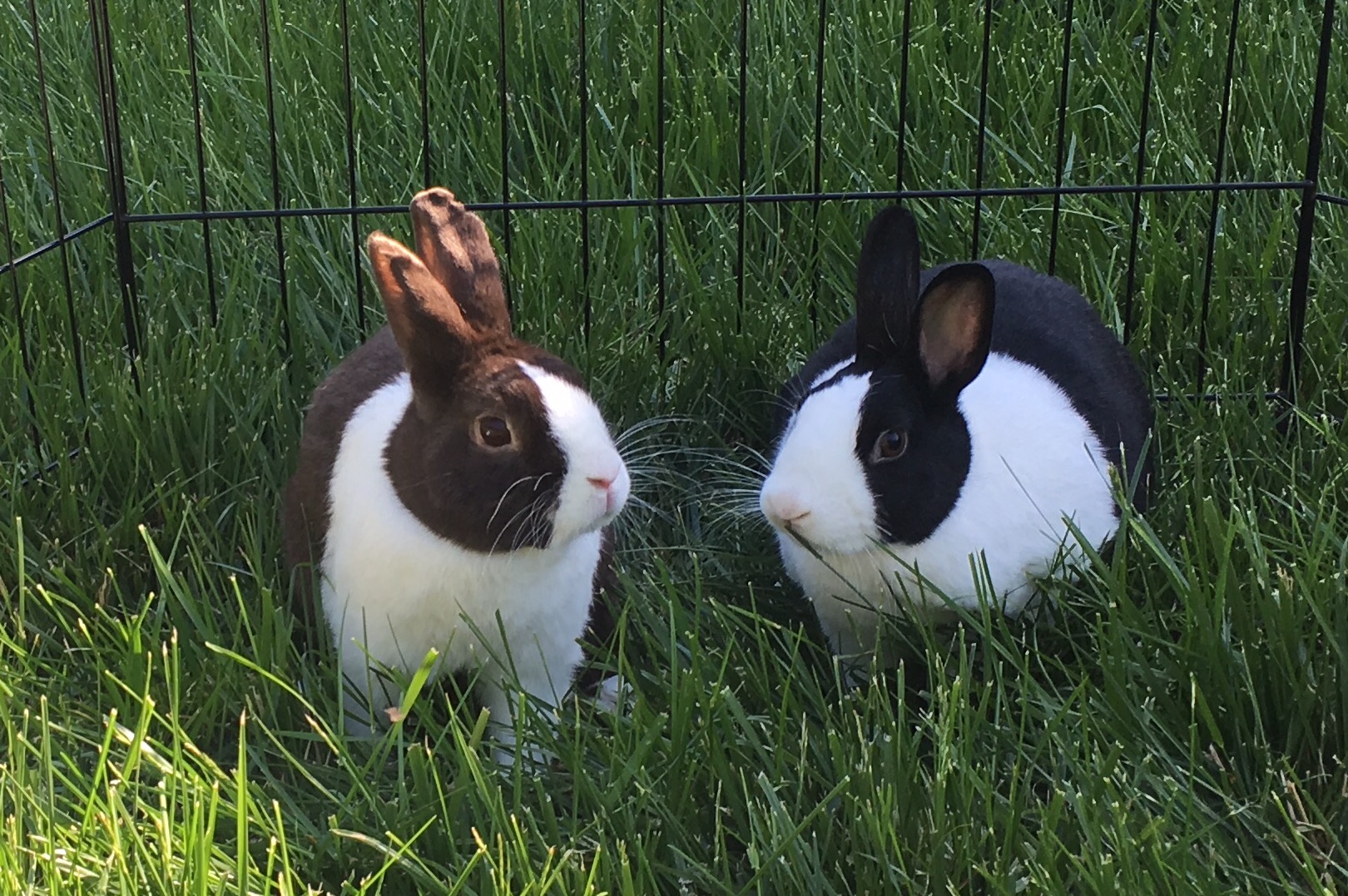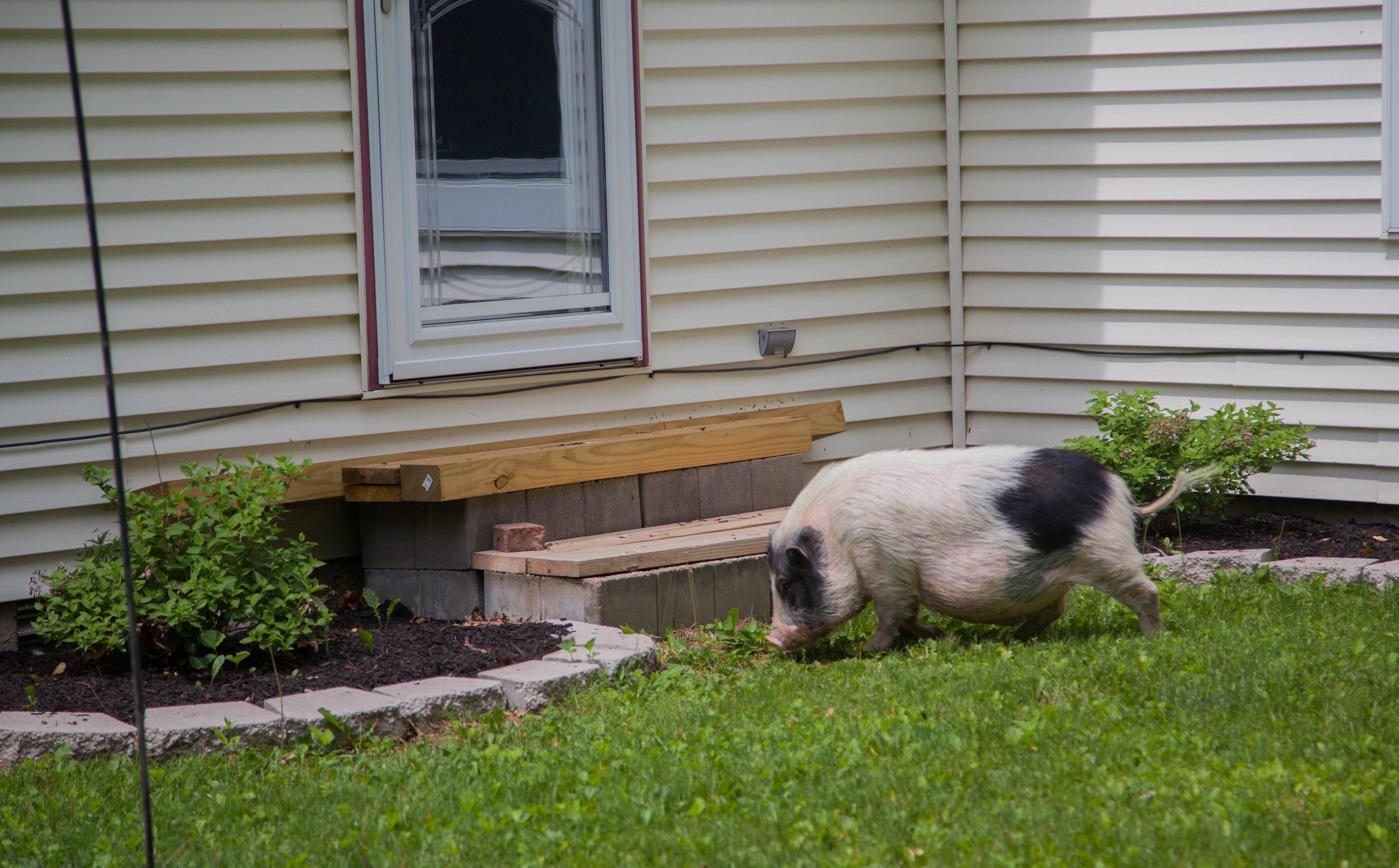There has been a lot of recent research on the benefits of UV light for a number of exotic species, in particular reptiles, parrots, rabbits and even guinea pigs. Some pets may really enjoy the change of scenery, and outdoor trips can be a fun form of enrichment. Before you plan an outdoor visit for your exotic pet, be sure to plan carefully:
 1. Can I keep my pet safe? Is there any risk of predators (neighbor’s dogs/cats, and wildlife, including hawks and owls from overhead)? Is any grass or natural forage the pet may access free of pesticides and other chemicals?
1. Can I keep my pet safe? Is there any risk of predators (neighbor’s dogs/cats, and wildlife, including hawks and owls from overhead)? Is any grass or natural forage the pet may access free of pesticides and other chemicals?.
2. Can I prevent an accidental escape? Is the enclosure absolutely escape proof, and sturdy enough in case children or other pets jostle it, or when the wind blows?
.
.
3. Is the temperature appropriate for my pet? Some pets like guinea pigs and chinchillas are naturally less heat tolerate. Any pet that is not acclimated to higher temperatures may not do well.
.
4. Is there access to shade and fresh water at all times?
.
5. Will my pet enjoy being outdoors, or will it be too stressful?
 To acclimate a pet to the outdoors, take brief trips outdoors, no more than 10-15 minutes at a time, watching for signs of anxiety of stress. If your pet seems stressed, go back indoors.
To acclimate a pet to the outdoors, take brief trips outdoors, no more than 10-15 minutes at a time, watching for signs of anxiety of stress. If your pet seems stressed, go back indoors.Avoid areas frequented by outdoor pets and wildlife to reduce risk of exposure to fleas and ticks.
Trips outdoor can be very beneficial for some exotic pets, especially for reptiles who thrive on UV light exposure, and rabbits who often really enjoy natural browse. The House Rabbit Society has information on keeping rabbits safe both indoors and outdoors here.
Questions about taking your exotic pet outdoors? Email us a question, or give us a call.



